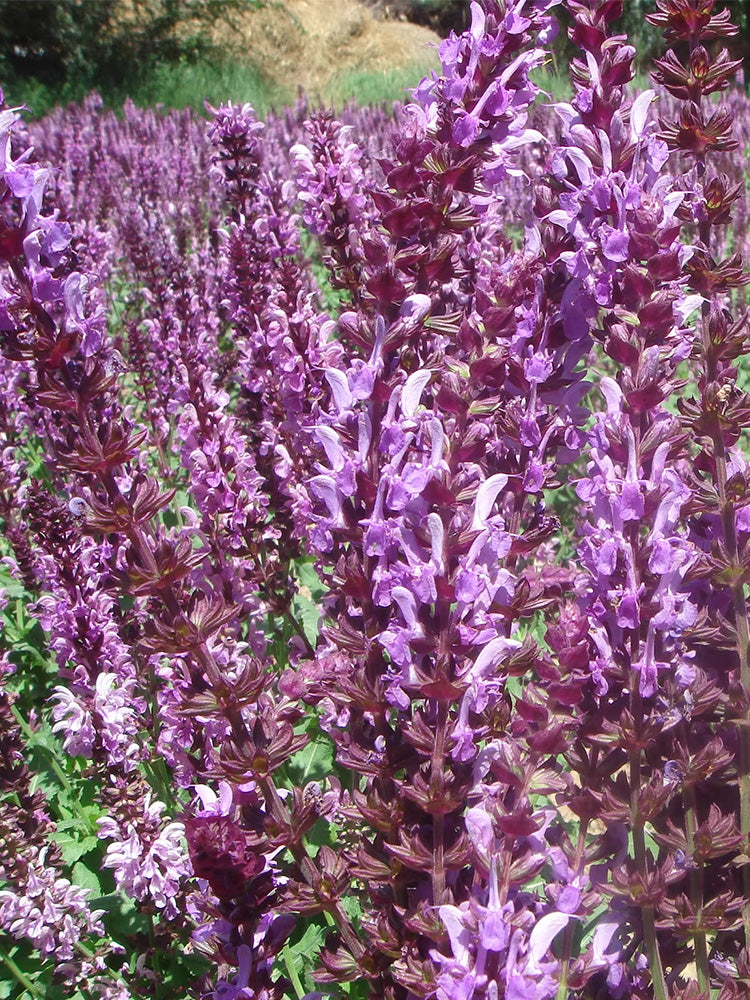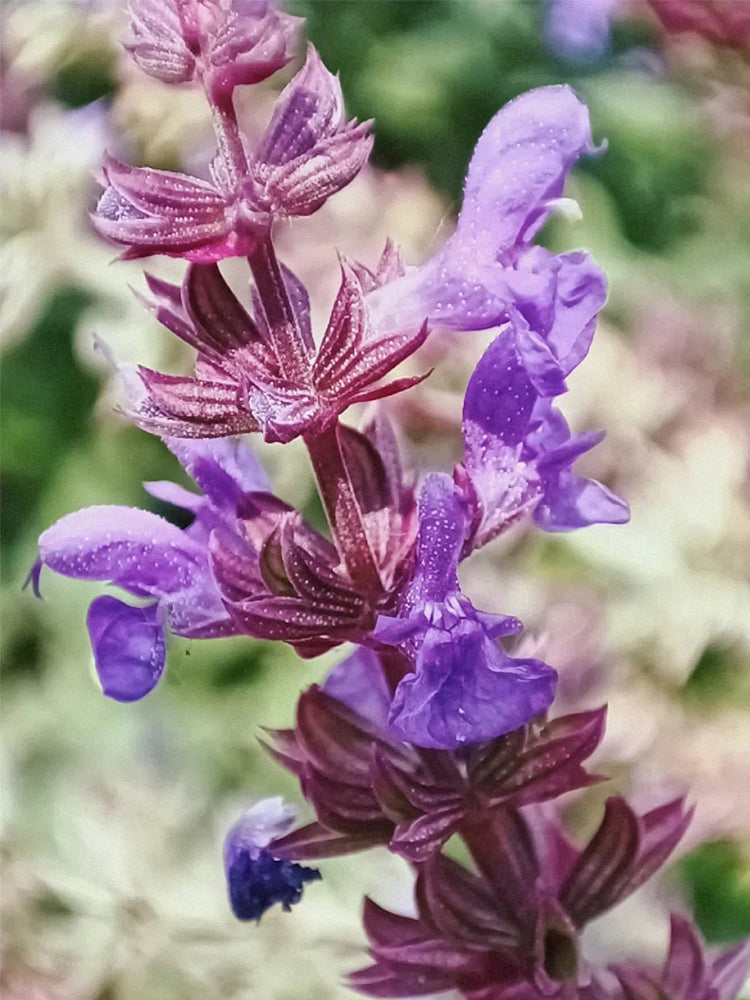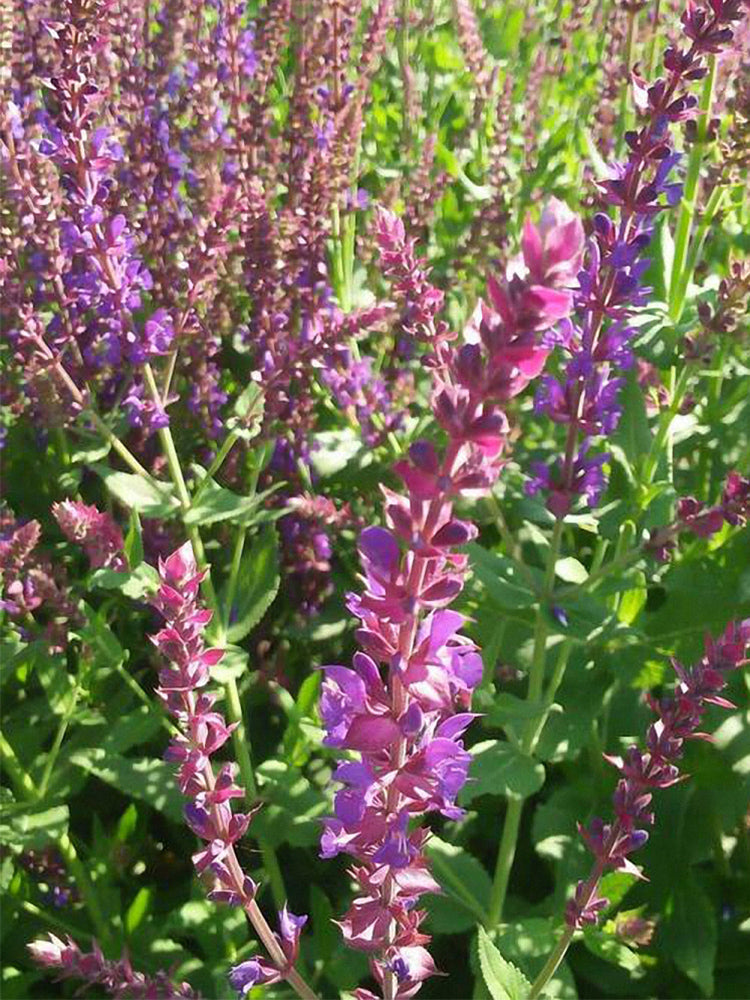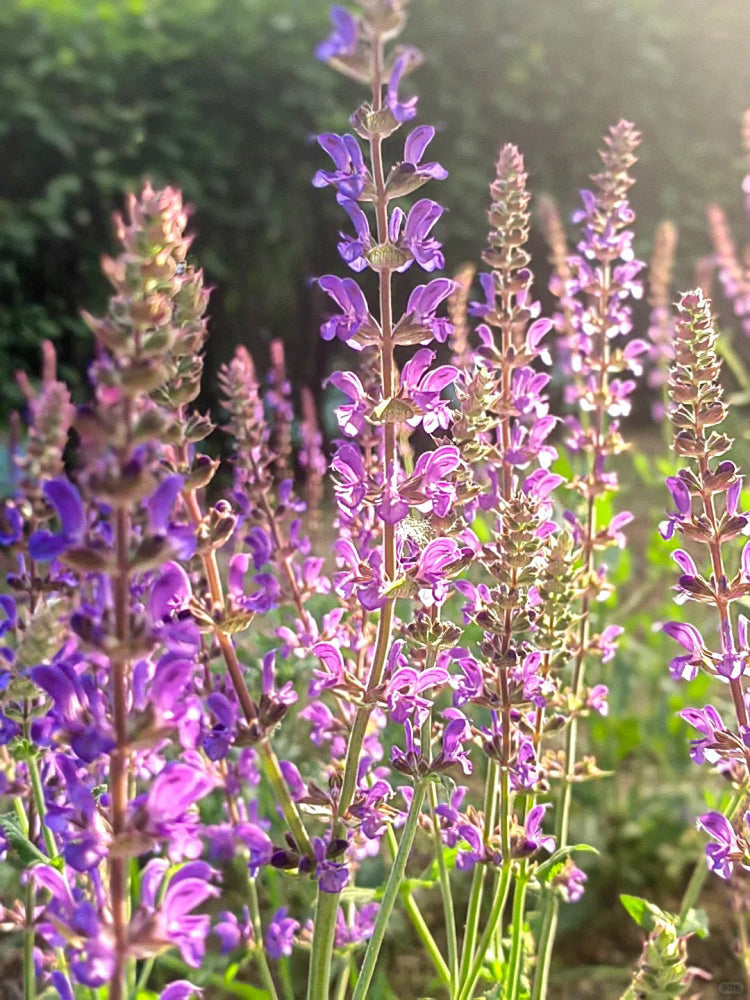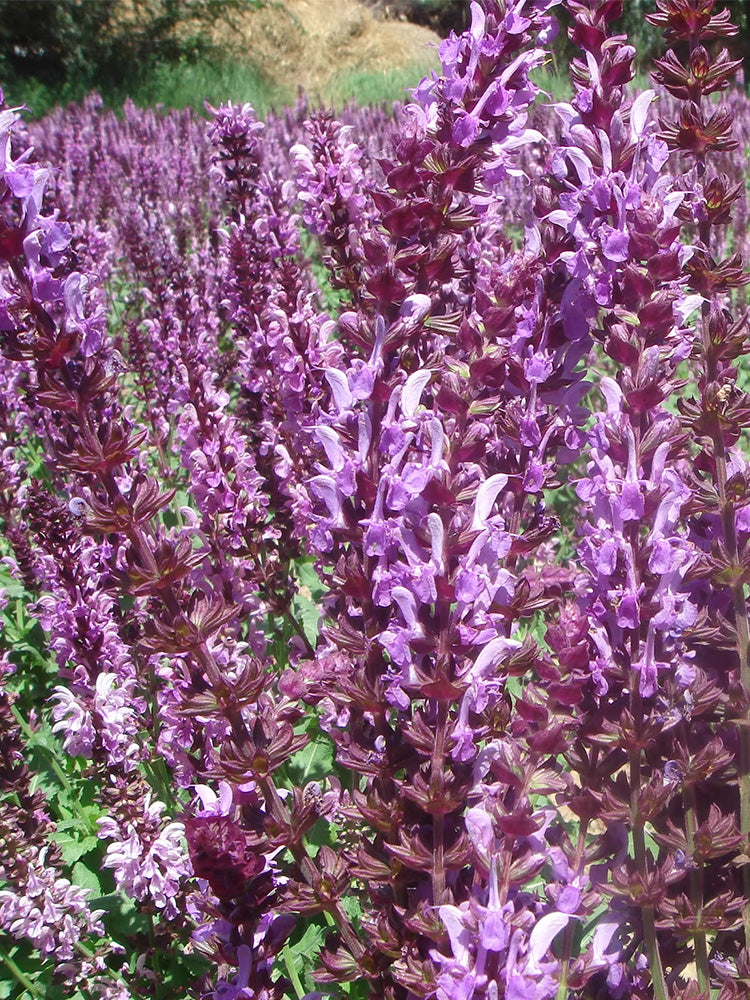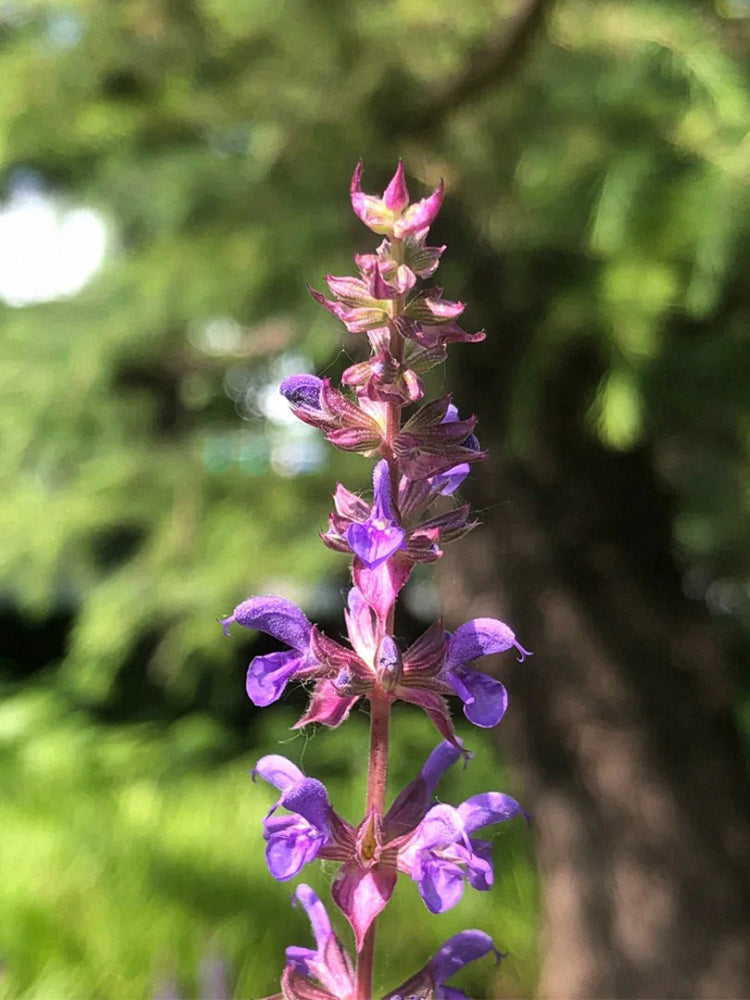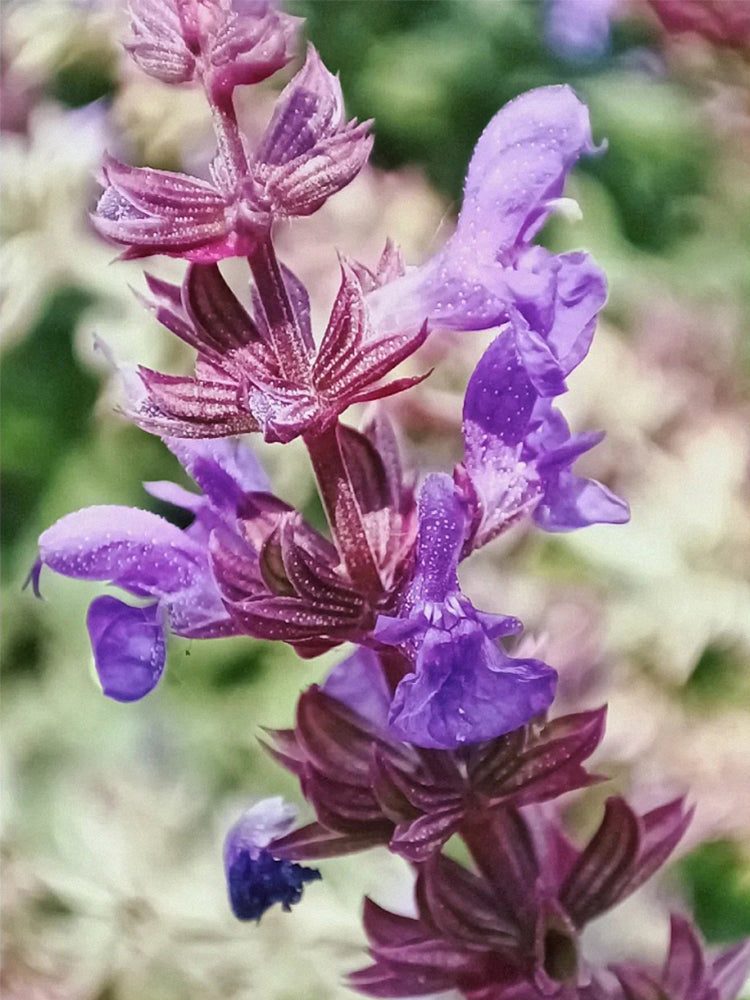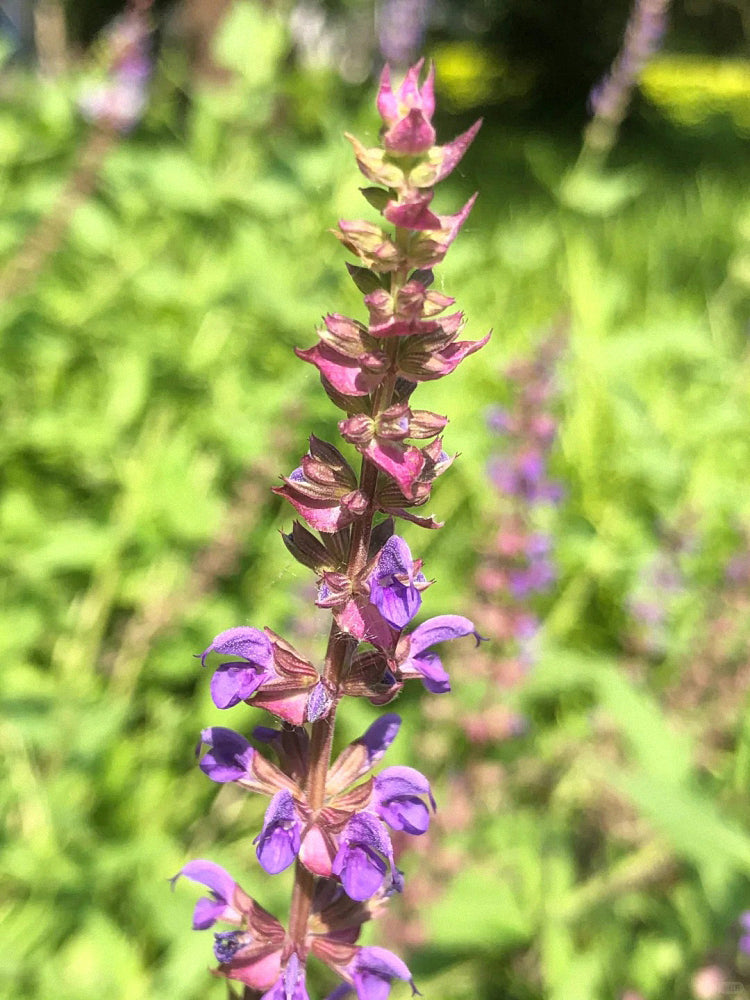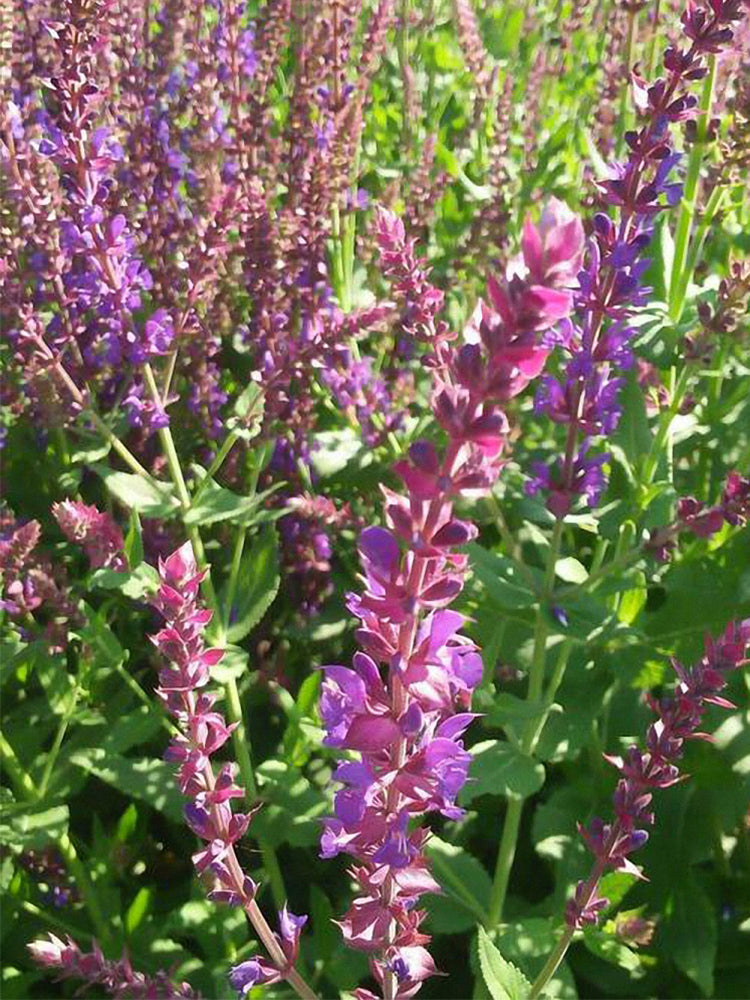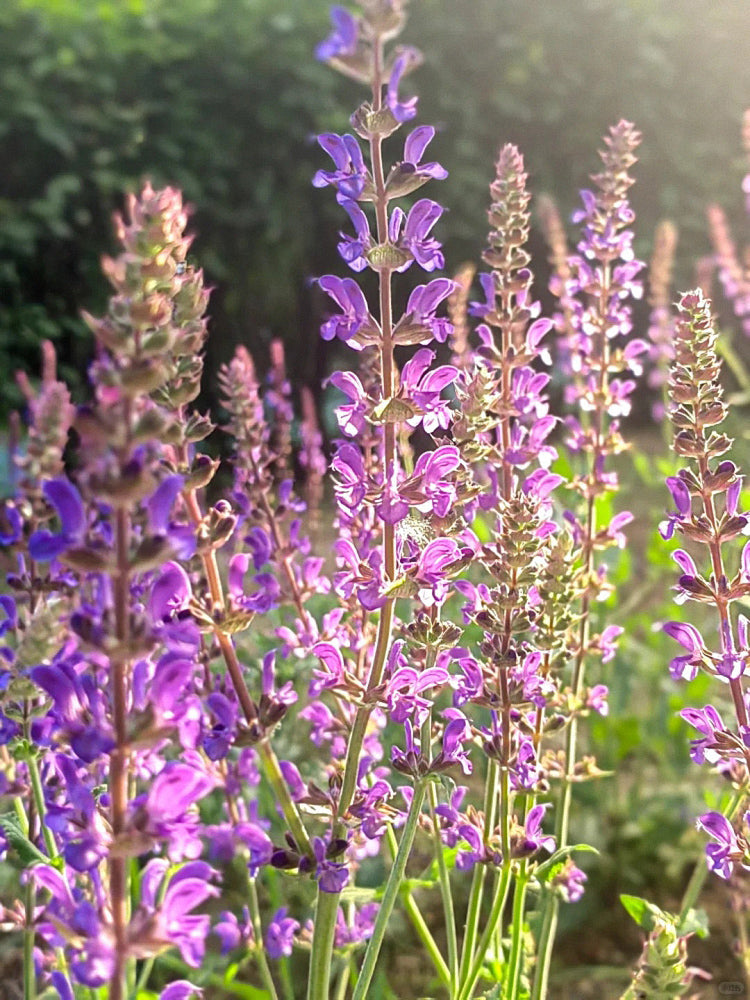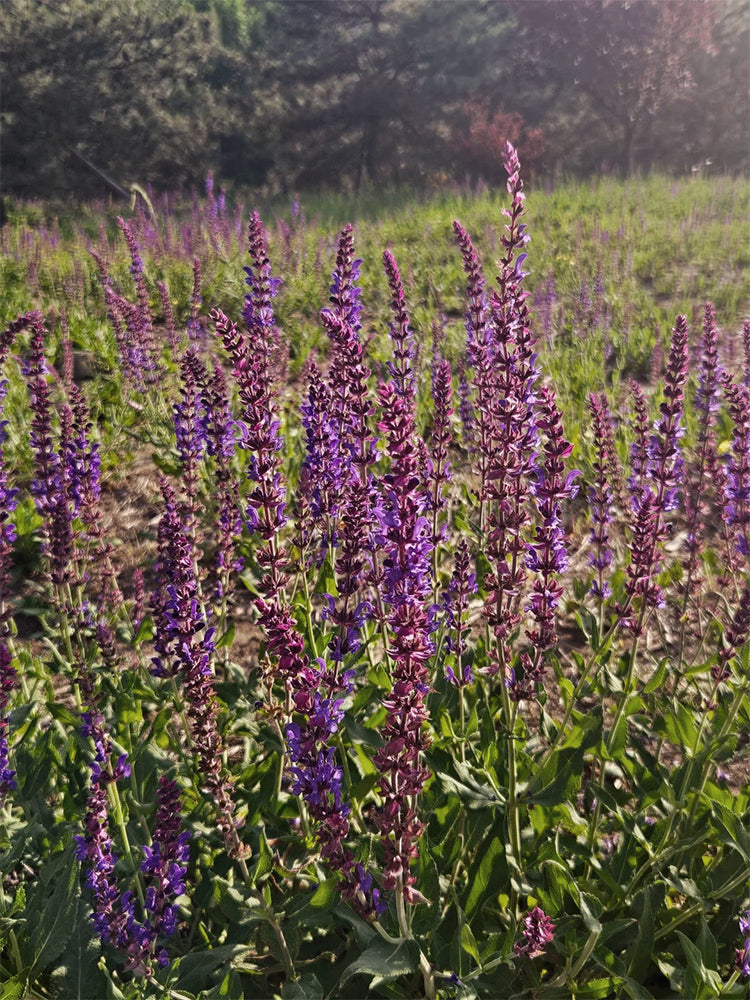BELLFARM
Purple Salvia (Salvia japonica Thunb.)
Sale
Sold out
Regular price
$2.99 USD
Regular price
$4.99 USD
Sale price
$2.99 USD
Unit price
per
Couldn't load pickup availability
-
5-14 Days delivery.
-
Ship out within 24 hours.
Main characteristics of the variety:
- Purple Salvia (Salvia japonica Thunb.) is an annual herbaceous plant in the genus Salvia of the family Lamiaceae. The plant grows in clusters, 30–60 cm tall, with dense fibrous roots; the stem is erect, quadrangular, sparsely covered with long pubescent hairs or nearly glabrous along the ridges. The leaves are mostly lanceolate or rhomboid, with some leaflets reaching up to 10 cm in length and 3.5 cm in width, featuring blunt serrations on the margins. The spike inflorescence is highly branched, composed of 2–6 verticillasters forming a raceme or panicle; the corolla is lavender, approximately 1.2 cm long, densely pubescent, and exudes a pleasant fragrance. The flowering period lasts from June to September, after which brown, oval, smooth nutlets are produced. The fragrant flowers can be used to extract essential oils. It prefers a warm, well-lit, and well-ventilated environment, is drought-tolerant but intolerant to waterlogging, and thrives in lime-rich, well-drained, loose neutral to slightly alkaline soils. It possesses both high ornamental value and medicinal properties.
- Purple Salvia (Salvia japonica Thunb.) is an annual herbaceous plant in the genus Salvia of the family Lamiaceae. The plant grows in clusters, 30–60 cm tall, with dense fibrous roots; the stem is erect, quadrangular, sparsely covered with long pubescent hairs or nearly glabrous along the ridges. The leaves are mostly lanceolate or rhomboid, with some leaflets reaching up to 10 cm in length and 3.5 cm in width, featuring blunt serrations on the margins. The spike inflorescence is highly branched, composed of 2–6 verticillasters forming a raceme or panicle; the corolla is lavender, approximately 1.2 cm long, densely pubescent, and exudes a pleasant fragrance. The flowering period lasts from June to September, after which brown, oval, smooth nutlets are produced. The fragrant flowers can be used to extract essential oils. It prefers a warm, well-lit, and well-ventilated environment, is drought-tolerant but intolerant to waterlogging, and thrives in lime-rich, well-drained, loose neutral to slightly alkaline soils. It possesses both high ornamental value and medicinal properties.
